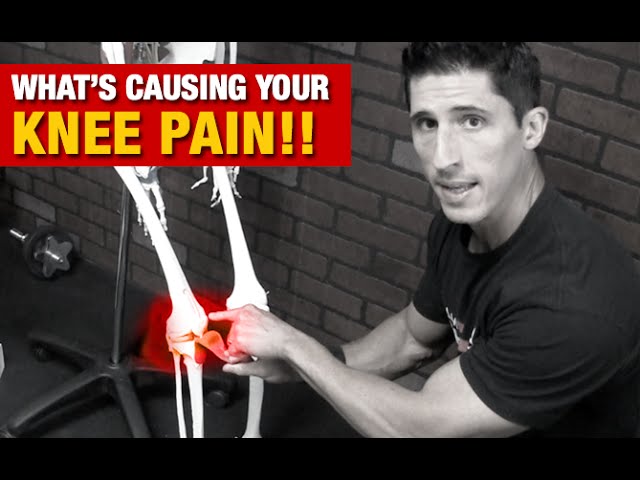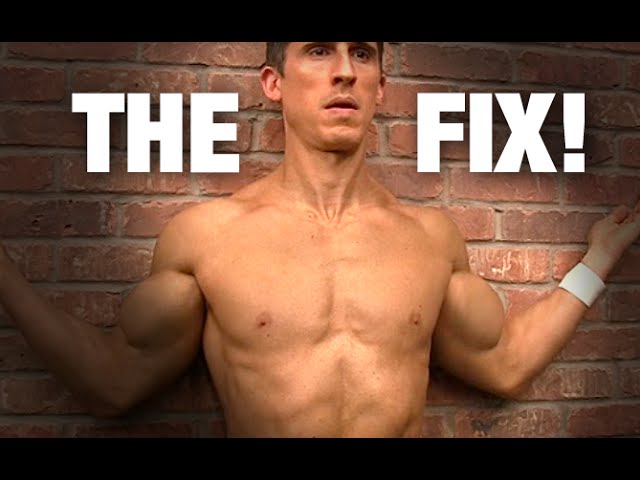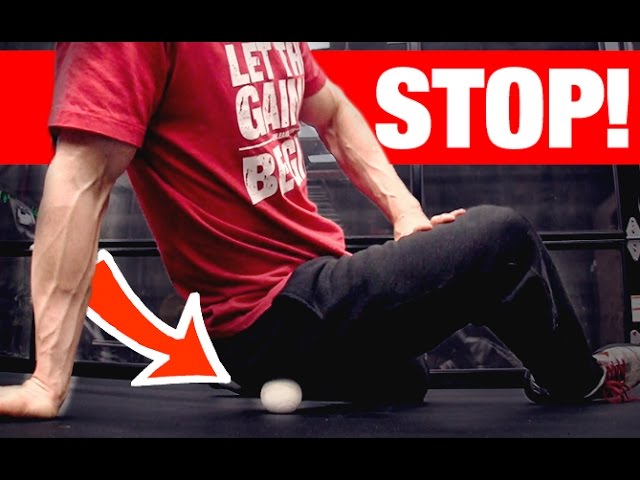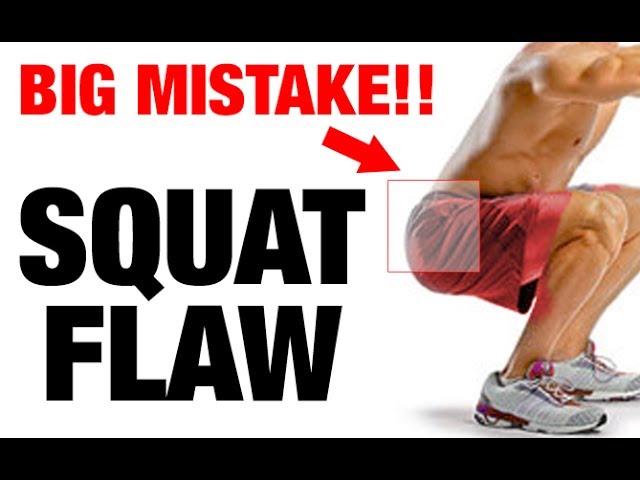No Pain, MORE Gain with the joint supplement trusted by today’s top pro athletes – http://athleanx.com/x/mechan-x-joint-recovery
Knee pain is one of the most debilitating discomforts that you can feel when you're working out, especially during a leg workout. Pain in your knees can come in many different forms. You can get ligament pain usually seen from an injury to the ACL or MCL. You can get meniscus pain that usually results in a knee that gives out or locks unexpectedly. You can also get arthritic changes to the surfaces of the bones in the joint that makes movement difficult.
That said, the most common cause of knee pain in those working out is patellofemoral or patellar tracking dysfunction. In this video, I show you the root cause of the knee pain and more importantly, how to fix the pain. There are many exercises for knee pain but if the ones you're doing are only focusing on the quads and the muscles around the knee, then you're not looking at the complete picture.
Most pains are caused by dysfunction at joints above or below the site of the pain. In the case of the knee, you have to look up to the hip or down to the ankle for the real cause of the pain. Patellofemoral exercises are usually the focus of treatment for knee pain. They even are considered the best workout for knee pain. That's a mistake.
There's more to getting rid of knee soreness than just working on that VMO. Knee pain on squats is common when there are tracking issues in the kneecap. Most often, weak hips (glute medius exactly) cause the femur to track incorrectly. You want to do exercises for knee pain that strengthen your glutes.
I show you the easiest and best way to do this so you can start fixing your knee discomfort and soreness starting now.
For a more comprehensive treatment for knee pain, you may want to check out the latest in sports nutrition and science. The ATHLEAN-Rx joint supplement – MECHAN-X is revolutionizing joint recovery and helping guys who have suffered with pain in their training, workout without pain for the first time in a long time. You can see more about it at http://athleanx.com/athleanrx/mechan-x
For more videos on exercises for knee pain and how to squat without pain, be sure to subscribe to our channel here on youtube at http//youtube.com/user/jdcav24



